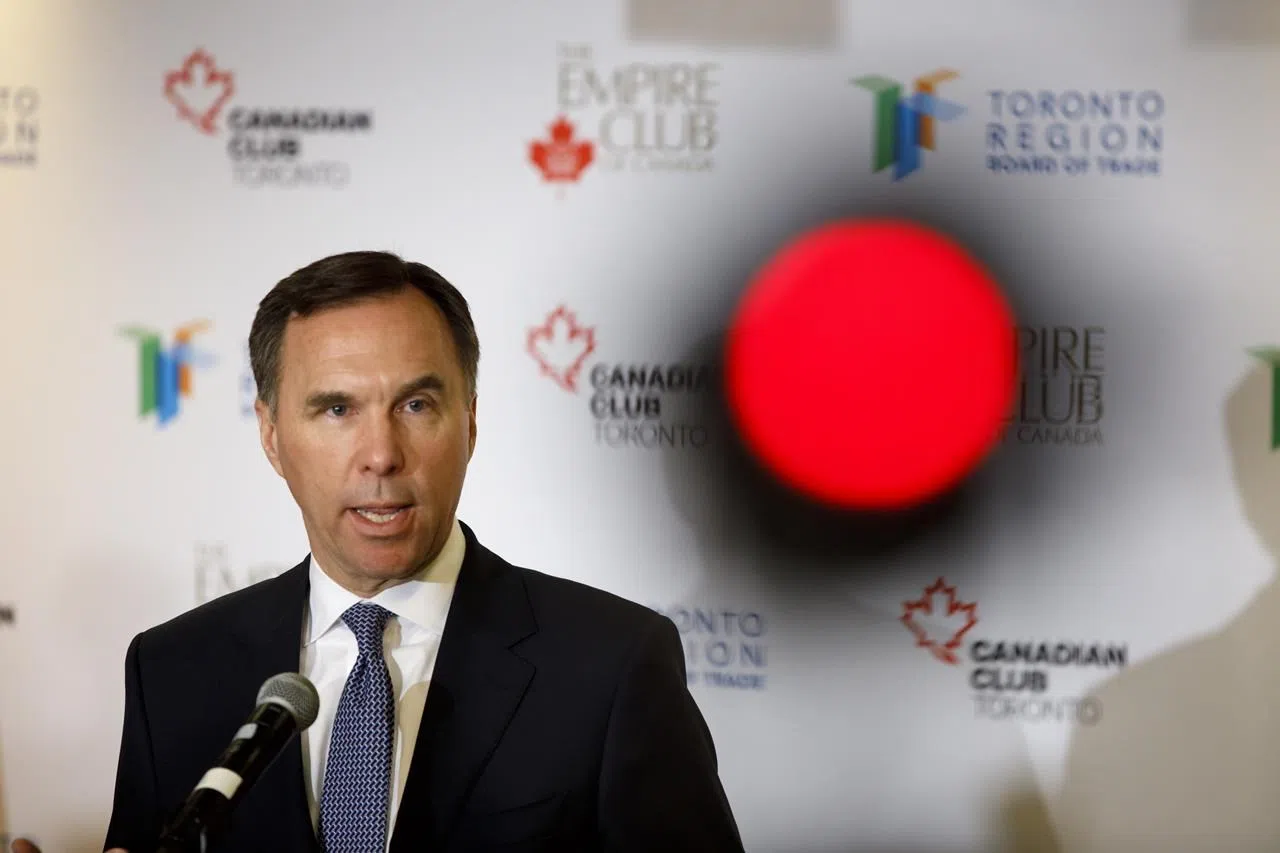
Extra project cash for cities needed to end-run laggard provinces, Morneau says
OTTAWA — A one-time $2.2-billion windfall in the federal budget to help Canadian cities improve roads, bridges, highways and water systems won’t become an annual tradition, Finance Minister Bill Morneau warned Wednesday, even in the face of problems getting the first projects off the ground.
Tuesday’s multibillion-dollar top-up will double the money cities receive this year through the federal gas-tax fund, which sends money directly to municipalities each year.
The spending blueprint says the Liberals have approved more than 33,000 projects worth about $19.9 billion in federal financing under new and existing infrastructure programs, but also acknowledges spending has been slower than anticipated, including “some jurisdictions being slower to prioritize projects.”
Morneau called out four provinces on Tuesday in explaining the Liberals’ decision to use the gas-tax fund to kickstart more projects, naming Ontario, Saskatchewan, Manitoba, New Brunswick — provinces with conservative-minded governments that don’t always co-operate readily with the federal Liberals.
